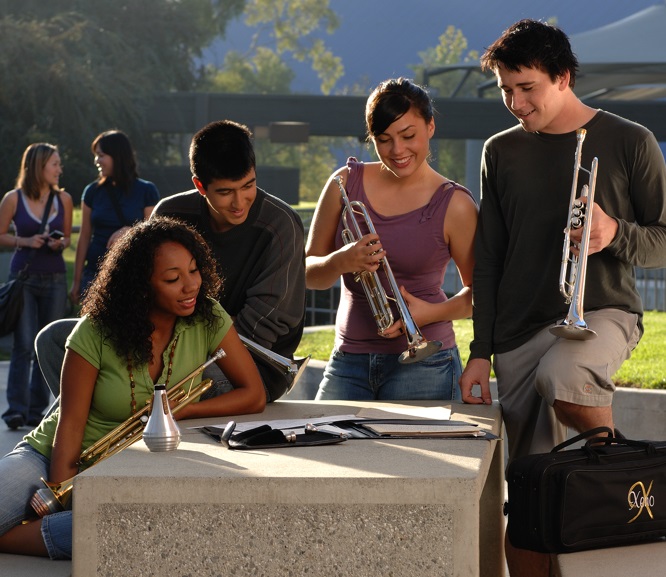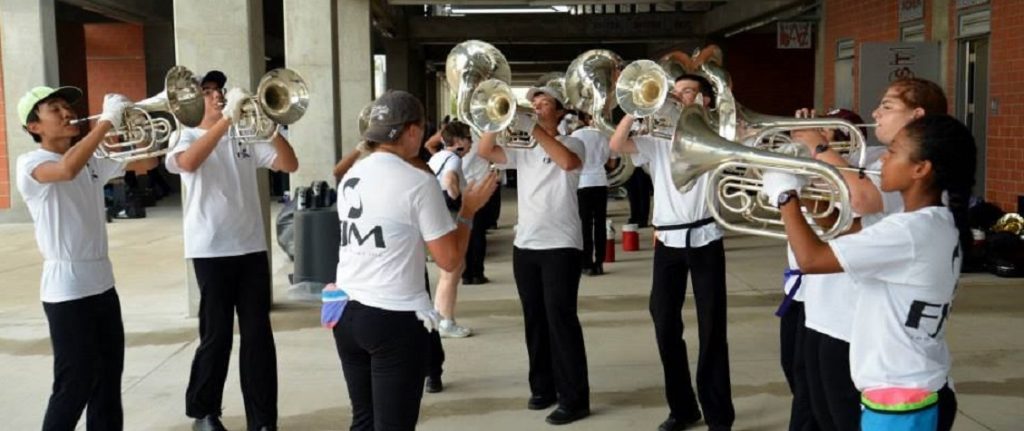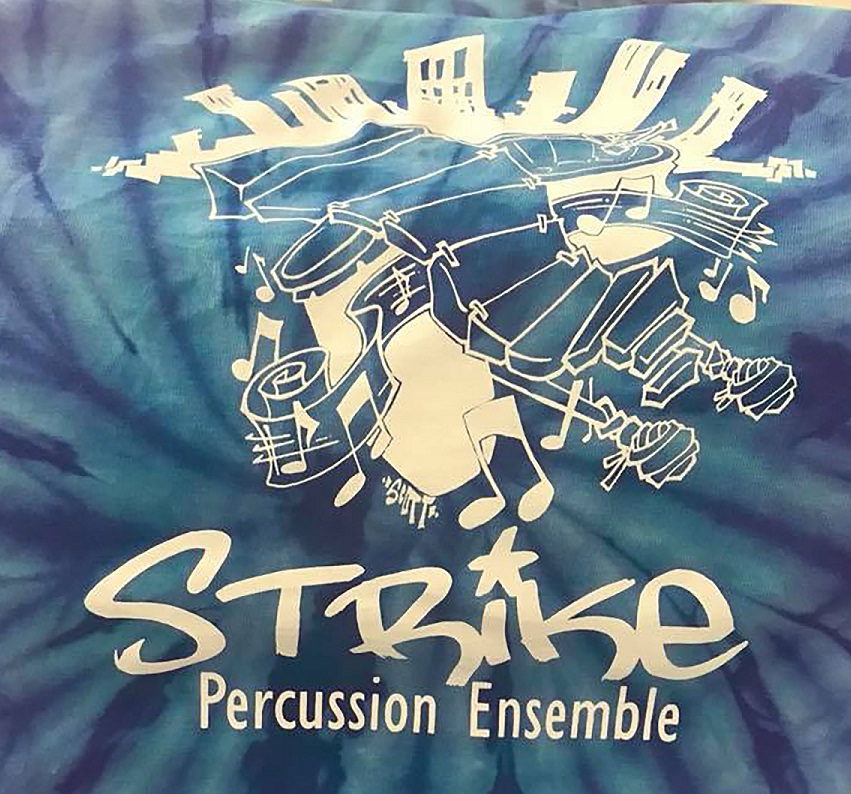Tagged Under:
5 Student-Led Recruitment Strategies That Work!
Make students the face of your program and empower them to lead the charge in your recruitment efforts.
It takes an all-inclusive and eclectic approach to recruit and retain students from a wide range of backgrounds and experiences. I believe that it starts with building authentic relationships and establishing trust.
Before my work in higher education, I was a middle school and high school band director in Title I schools for 10 years. Early in my career, I realized that maintaining high enrollment in my classes was essential to program sustainability. In an effort to increase membership and empower my students to take more ownership of the program, I worked closely with each of our community stakeholders — students, parents, colleagues, administration and community partners — to build sustainable recruitment and retention systems. Not only did this make recruitment and retention more rewarding, but it also made it fun!
Here are what I believe to be the five essential strategies for effectively recruiting and retaining student musicians. While these tips are easily adaptable to secondary school ensemble settings, I have continued to use many of these strategies as a college professor and believe that they are just as transferable to higher education music programs.
THE YAMAHA EDUCATOR NEWSLETTER: Energize your creativity as you build your music program!
1. Student Empowerment
It has been my experience that when I give my students more of a voice in all aspects of the program, recruitment and retention almost take care of themselves. In every setting I have taught, I have created student committees for music selection, clerical tasks, halftime show planning, dance routine/choreography, arranging music, trips, fundraising, recruitment, social media and more.
Each year, I would administer an end-of-year survey to my students to gather their feedback, and they would consistently share how much they enjoyed being a part of the planning and organizing phases of the program. Allowing my students to compose their own pieces and conduct their compositions at concerts, write arrangements and chart drills for halftime shows, create visuals and choreography for competitions and propose pieces to perform for performance assessment, made them feel like they had true ownership in the program.
2. Buddy System
In my programs, it was understood that “no member would be left behind.” As soon as potential members expressed interest and filled out a recruitment form, we would pair those students with a current band member who they would get to know, ask questions and build a bond.
Over time, I found that this process was most effective when a student was paired with a buddy who shared common interests. So, as a part of our recruitment form, we added a few questions like “what do you like to do in your free time” and “what is your favorite genre of music” so that we could help new members transition more smoothly into the program through the buddy system.
3. Community-Building Activities
One of the most important factors to keeping students satisfied with the program was building a sense of community. I found that my students needed to form bonds not only through rehearsals and performances, but also through the non-music activities we provided, such as Rubik’s cube clubs and video game tournaments to weekend cookouts, retreats and ice cream socials.
It was important for our students to feel welcomed and valued at all times. We even encouraged them to bring friends and siblings outside of the program to events. This became another great recruitment opportunity, and once these friends and siblings saw how much fun we had, they were eager to sign up, too!
4. Peer-to-Peer Recruitment
A key factor to recruitment and retention success involves making students full participants in recruitment efforts. We would often go to perform and recruit at our feeder schools. During those visits, not only would I bring a group of students to perform, I would also make time for my students to talk to potential members. We would do meet and greets, Q&A sessions and even instrument demonstrations!
At our yearly cluster concert, I would have students read program notes for the pieces we were playing and, at various points of the program, have a few students briefly share their experiences in the music program. My seniors especially looked forward to the opportunity to reflect on what the program meant to them.
5. Social Media Collaboration
Though I consider myself a digital native, it is difficult for me to stay current on the latest trends in social media. And, by the time I learned about the latest trend, my students and their peers have already moved on to the next thing. I believe that we must have our students involved in how we craft and disseminate news, information and events via social media (with oversight, of course). This allows for our reach to grow and for our program to have a broader impact in our community. Social media can also serve as an excellent recruitment tool and increase the “cool factor” even more.
A Win-Win Situation
It is essential to empower students to lead the charge in our recruitment efforts and make them the face of the program. In many ways, our students are brand ambassadors and become the most critical point of contact for new members. The peer-to-peer interactions we foster can provide numerous benefits to all. If we intentionally and consistently engage our students in all aspects of the program, I am confident that it will lead to new opportunities for student growth and success.

















